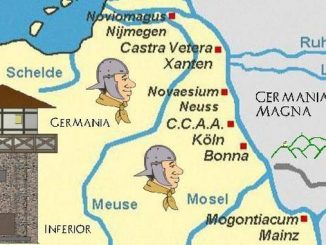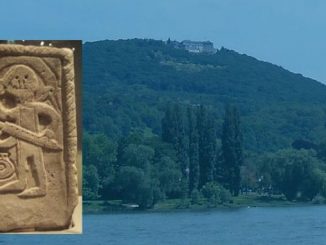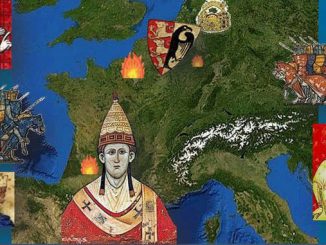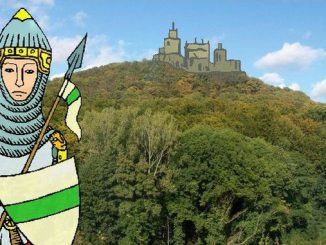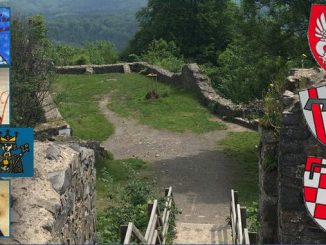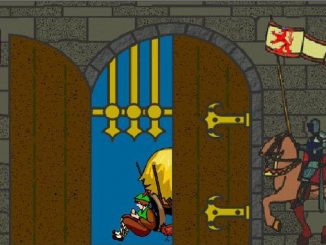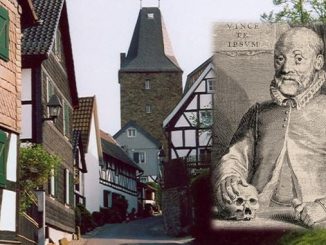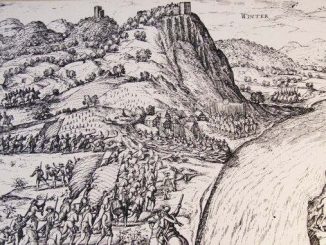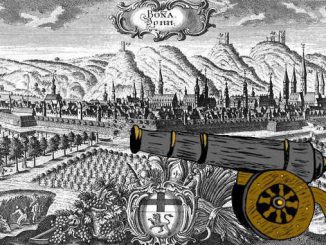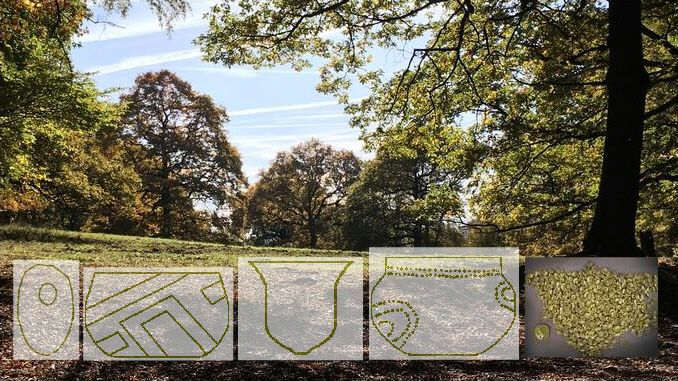
Early history
Very early on, in the Upper Paleolithic, there were human beings in our region. The first finds date back to the early history of the Siebengebirge. In Oberkassel, the bones of a man, a woman, and a dog were found who must have lived around 13,000 BC. You can see them in the museum Rheinisches Landesmuseum in Bonn.

